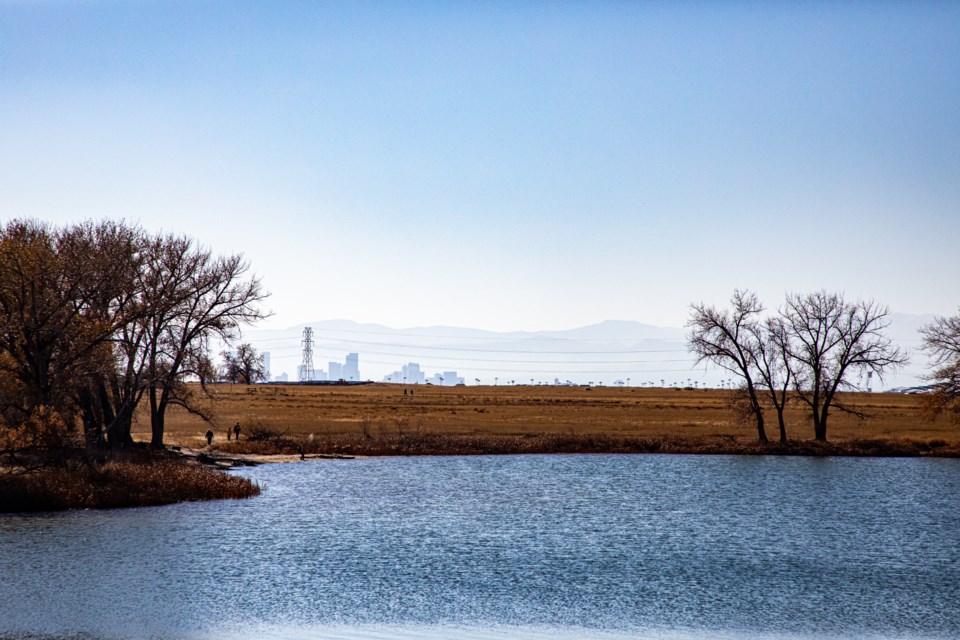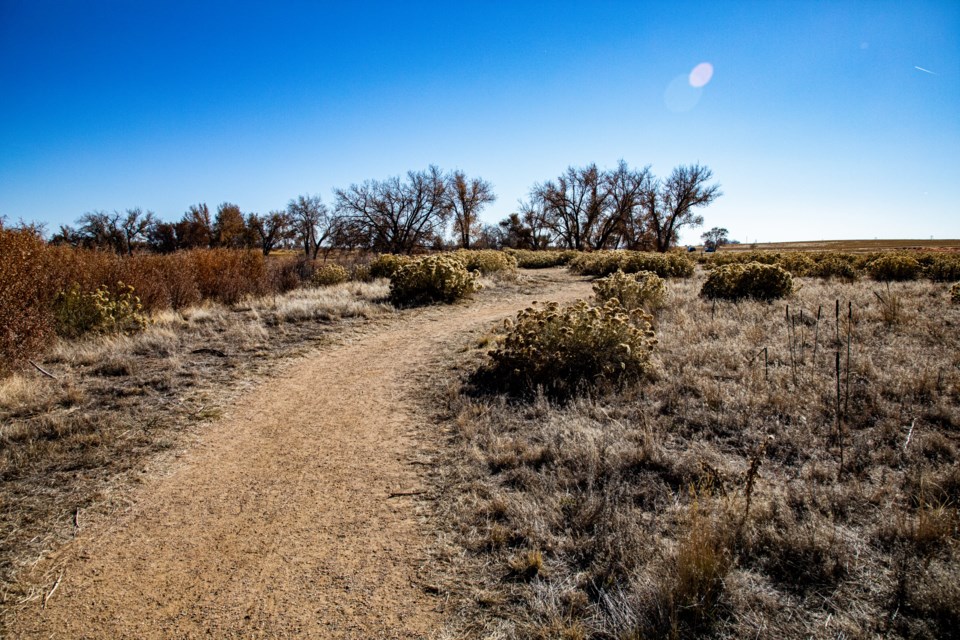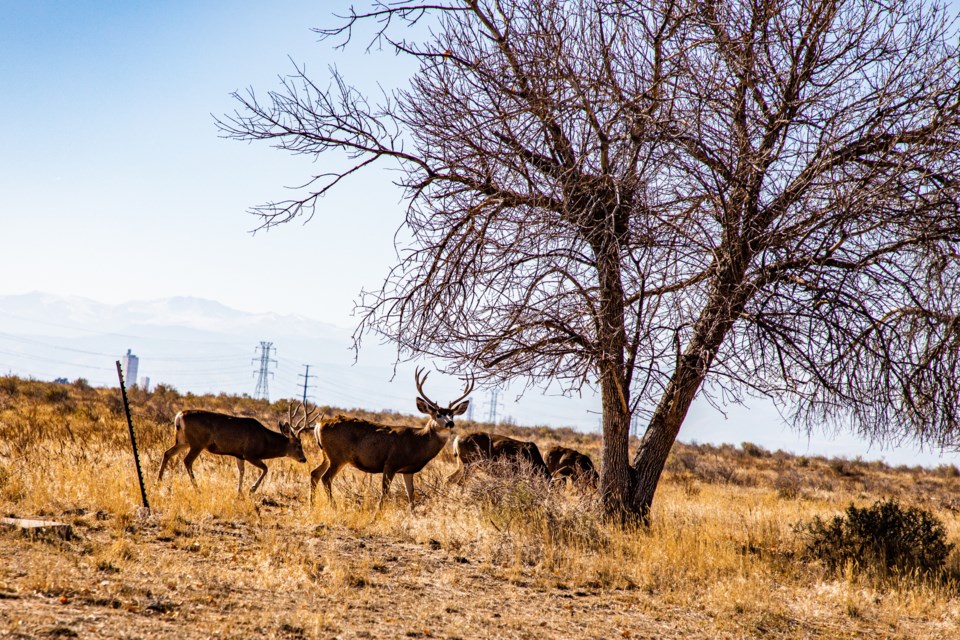A large, rolling expanse of prairie scrub stretches northeast of Denver, surrounded by industrial areas and the growing housing developments of Commerce City. Once the sight of a weapons manufacturing plant, the Rocky Mountain Arsenal is now one of 600 refuge and wetland management districts that comprise the National Wildlife Refuge System.
The National Wildlife Refuge System, maintained by the U.S. Department of Fish & Wildlife, is a separate entity from the national forest and parks system and includes a number of worthy stops in Colorado.
At 15,000 acres, the Rocky Mountain Arsenal National Wildlife Refuge is one of the largest urban wildlife areas in the country. Originally built to protect roosting bald eagles, it has expanded to include more than 10 miles of walking trails and manmade lakes.
More than 300 species of birds, animals, reptiles and fish have been identified at the refuge. Aside from eagles, many species of raptors call the refuge home. Coyotes and mule deer roam the prairie, which is also home to prairie dog colonies, burrowing owls and endangered black-footed ferrets.
 Denver can be seen on the horizon from Lake Ladora at Rocky Mountain Arsenal National Wildlife Refuge.(Photo by Matt Maenpaa)
Denver can be seen on the horizon from Lake Ladora at Rocky Mountain Arsenal National Wildlife Refuge.(Photo by Matt Maenpaa)The walking trails are gentle and short in length, mostly gravel and packed dirt, making the refuge great for a day trip. Fishing permits are available, though it is strictly catch and release. One of the highlights is an 11-mile wildlife drive around the perimeter. The drive lets visitors see some beautiful sights, including glimpses at the herd of bison that reside at the refuge.
The wildlife refuge is open from 6 a.m. to 6 p.m. daily and there is no entrance fee. Facilities including public restrooms and the visitor’s center are closed in response to the coronavirus pandemic, but there are portable toilets near the parking lots.
 A trail view at Rocky Mountain Arsenal National Wildlife Refuge.(Photo by Matt Maenpaa)
A trail view at Rocky Mountain Arsenal National Wildlife Refuge.(Photo by Matt Maenpaa)Not far from Rocky Mountain Arsenal are two more wildlife refuges: Two Ponds in Arvada and Rocky Flats in Golden.
Two Ponds is a beautiful 72-acre wetland area, the smallest urban wildlife refuge in the country. The majority of the area is open year-round from dawn to dusk, with a section of the refuge closing during winter months.
The Rocky Flats National Wildlife Refuge is another repurposed military site now given over to nature. The Rocky Flats site was taken over by the U.S. government in 1951, where the munitions plant built plutonium triggers until 1989, when the plant was decommissioned. Rocky Flats was the site of several fires and accidents over the course of its history, and it was declared an Environmental Protection Agency Superfund site. High levels of plutonium have been detected in the soil in sections of Rocky Flats, which has been the subject of petitions and protests by action groups in the state, such as Rocky Flats Right to Know and the Rocky Mountain Peace and Justice Center.
In the southern part of Colorado, the San Luis Valley is home to Monte Vista National Wildlife Refuge, which is a stop for sandhill cranes during their annual migration.
To the north, east of Steamboat Springs, Arapaho National Wildlife Refuge sits in a basin almost 40 square miles across, between four mountain ranges. The extent that the area has been affected by the recent wildfires is unclear, but all national forest lands in the area are still closed to the public until the fires are contained.


